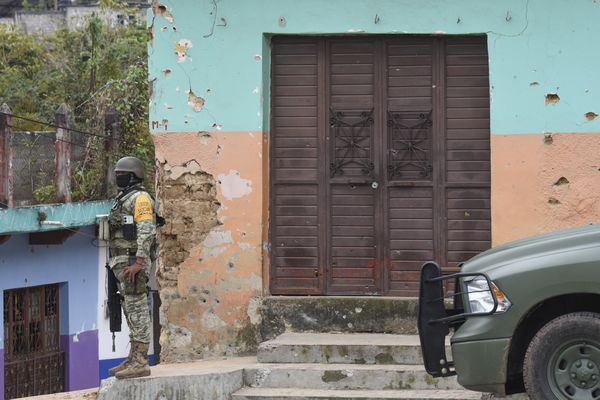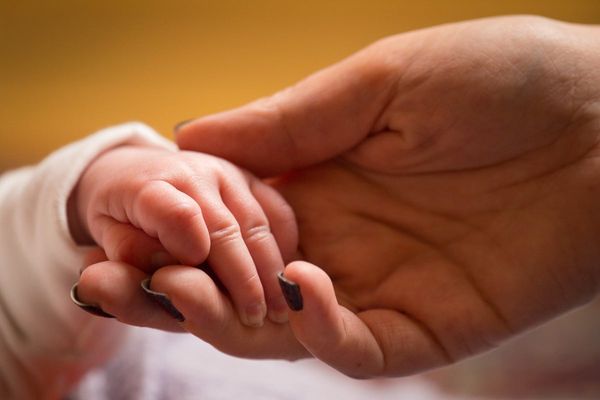
Inflation, high interest rates and surging food and power costs are putting increasing pressure on households already living payday to payday. Coupled with a rental crisis and a drop in donations to charities, this means many Australians face sleeping on the streets — a potentially lethal outcome as temperatures plummet.
Homelessness services say they’re receiving just a fraction of the donations collected pre-COVID, as more and more people unable to find affordable housing ask for help.
With inflation expected to hit 7% this year, it’s no wonder many Australians are struggling. But not everyone is. The number of Australian millionaires surged by 31% last year, and Australian billionaires doubled their collective wealth during the pandemic.
A knock-on effect
Fruit and vegetable prices rose by 6.7% between March 2021 and 2022. KFC replaced lettuce with cabbage in its burgers, pubs are considering making side salads optional to cut down on waste, and families in regional areas are forgoing fresh produce.
High inflation has a huge impact on homelessness services, director of National Homeless Collective Donna Stolzenberg told Crikey, with donations hit the hardest.
“People are less likely to part with any kind of spare change or small amount of money because they’re feeling that pinch,” she said. “It has definitely made a huge difference to what people have to spare for those who are sleeping rough, or what they perceive they have to spare — so donations dry up.”
Stolzenberg said the organisation gets about 5% of donated items than its pre-pandemic total — receiving dozens of bottles of shampoo and conditioner, deodorant, toothpaste and toothbrushes instead of hundreds. Limited cash donations mean it has bought about 300 fewer sleeping bags this year and can do less with what it has.
Meanwhile, demand is surging: with less disposable income, many people are being forced to downsize or move apartments, meaning there’s less space to house friends and family in a pinch.
“We’ve added probably another 50% to the number of organisations we support,” Stolzenberg said. “We first noticed this in COVID-19 when people were losing jobs or weren’t making as much money … Donations started to become really hard to come by. It’s really affected how we support people.”
A new cohort of at-risk
Women over 55 are the fastest-growing cohort of homeless Australians, but director of the Australian Centre for Housing Research at the University of Adelaide Emma Baker told Crikey a new group was at risk: the new generation of homeowners.
“With low interest rates, we had a whole lot of people funnelled into homeownership that probably shouldn’t be there … while prices were the highest they’ve ever been,” she said. “I think we’ll see a whole lot of negative equity and people getting out of homeownership looking for the rental sector.”
But across Australia, fully employed people with the means to pay rent have been forced into homelessness thanks to a rental crisis. Across the 2020-21 financial year, Australia’s house price growth was the seventh fastest in the world, while national dwelling values increased by 13.5%. The proportion of mortgage holders in mortgage stress doubled between 2014 and 2021 to over 40%.
With families most likely to cover their home and living costs first, Baker believes even more will turn to support services like food banks, while others will rely on social housing.
“There’s not much of a safety net in Australia at the moment,” Baker said. “Social housing sits around 3.5% [in NSW] with long waiting lists.”
The crisis will turn lethal
Stolzenberg warned more lives would be lost to the rental and homelessness crisis, worsened by COVID-19 and the flu. Australia recorded its worst flu season on record in May, with more than double the number of cases than the previous 2019 record.
“If you’re suffering from coughs and colds and on the street, where there hasn’t been enough money to get you a sleeping bag … that puts you at extreme risk of severe illness and pneumonia,” she said.
Deaths from exposure, illness or suicide are often not reported in the media, with much of the public not understanding how severe the crisis is, she said.
“They’re not really aware of how many people are actually succumbing to homelessness. It’s leading to their death.”







